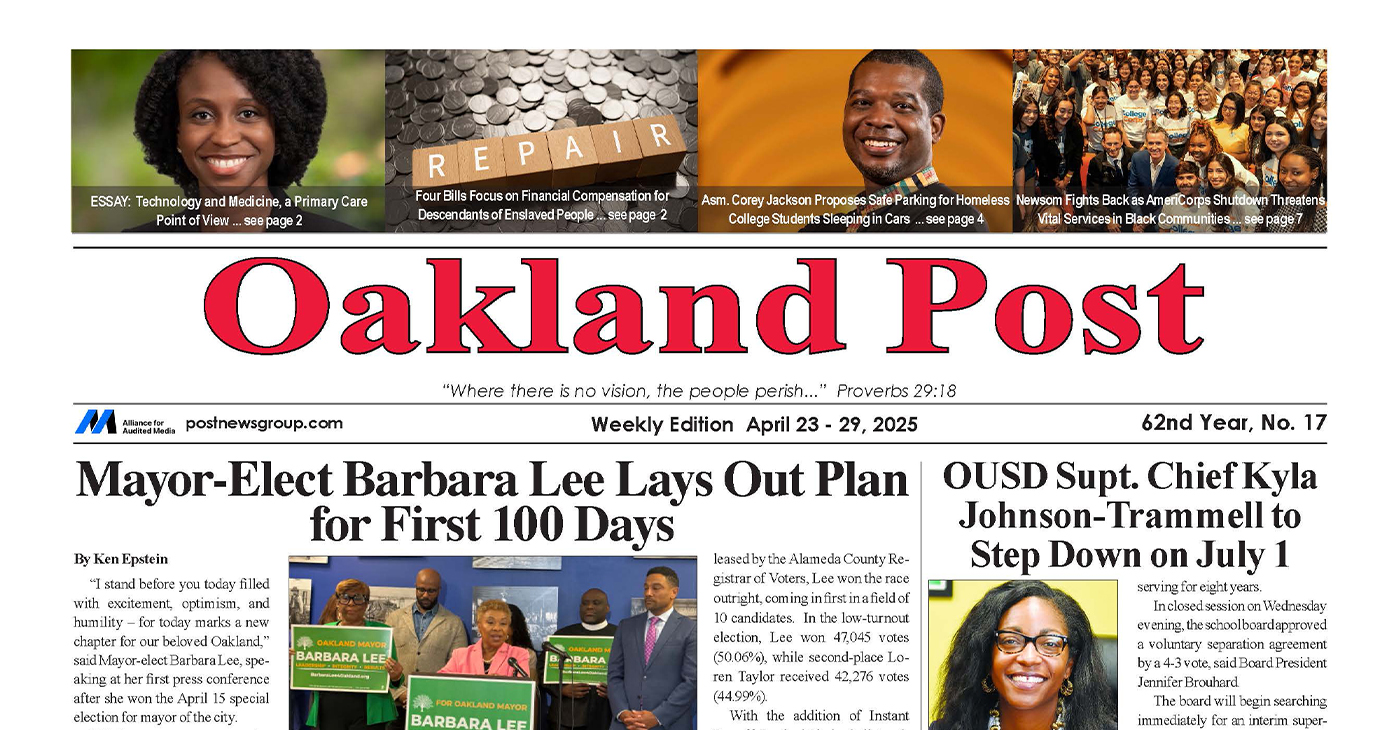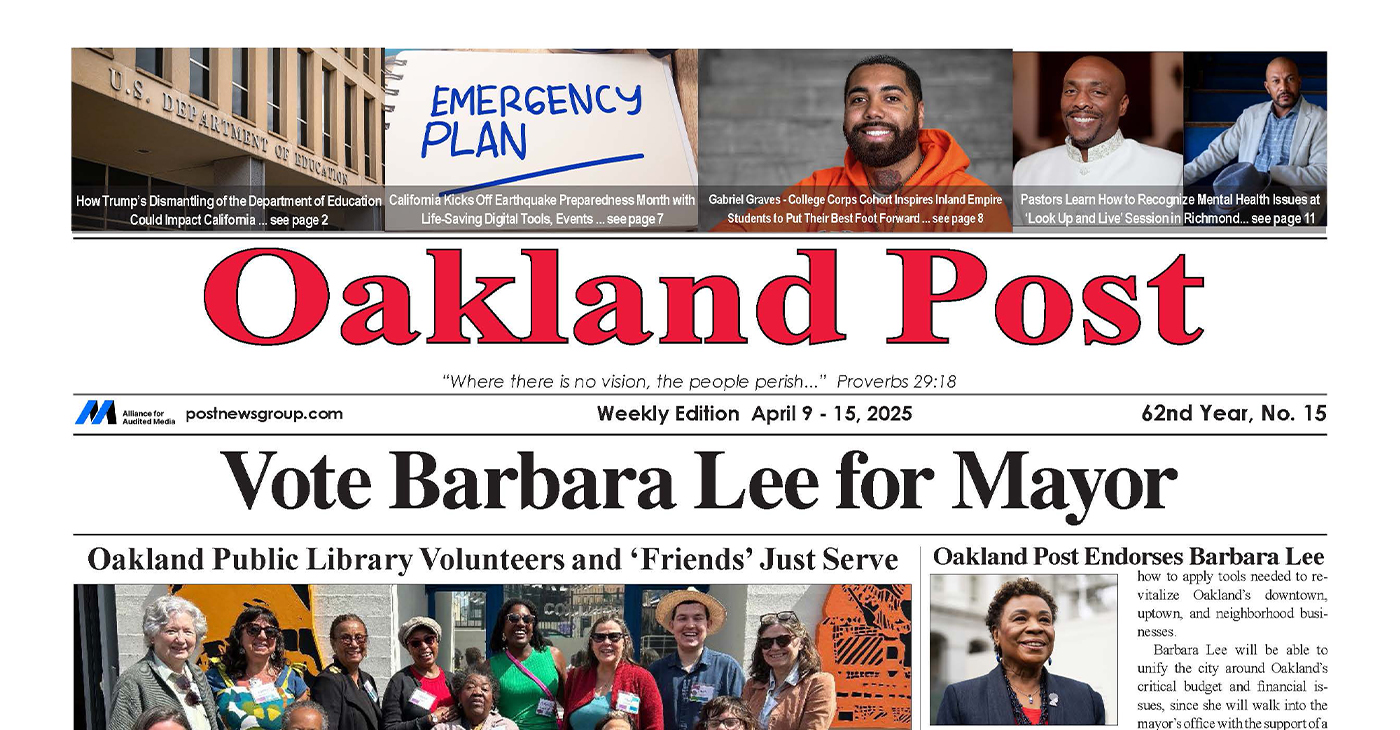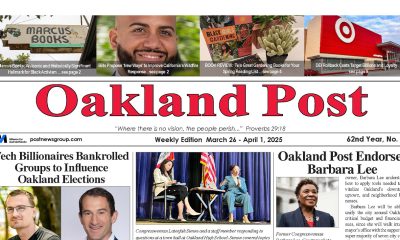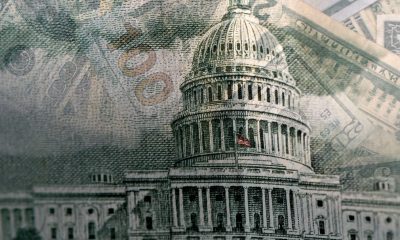Business
Why Fed Won’t Have a Big Impact on Your Loans Anytime Soon

MATTHEW CRAFT, AP Business Writers
PAUL WISEMAN, AP Business Writers
NEW YORK (AP) — Nobody knows when exactly, but the day will eventually come when the Federal Reserve nudges its benchmark lending rate from next to zero to something slightly higher.
When that happens, it will put upward pressure on borrowing rates throughout the economy — for credit cards, mortgages and student loans. But that doesn’t mean the era of incredibly low interest rates will soon be over.
The Fed’s chair, Janet Yellen, has taken pains to be cautious. On Wednesday, the central bank gave more signals that it will move slowly toward its first interest-rate increase in nearly a decade. By the end of the year, Fed officials expect the benchmark rate will reach 0.625 percent.
It was a different world the last time the Fed began a series of hikes. Rates were already much higher than today. In June 2004, the Fed lifted its benchmark rate from 1 percent to 1.25 percent. By the time the Fed was finished in 2006, the rate had reached 5.25 percent.
Nobody expects anything like that now. With the economy still growing slowly and inflation minuscule, rates will likely hover near historic lows. The Fed doesn’t want to ratchet up the monthly payments on your credit card. It’s in no rush.
“You’re going to see rates remain low for quite some time,” says Patrick Maldari, senior fixed-income specialist at Aberdeen Asset Management.
HOUSING
Many expect mortgage rates to creep higher this year. The average 30-year mortgage carries a rate of 3.7 percent, according to Freddie Mac. That’s close to a record low of 3.31 percent and compares with an average rate of 5.9 percent a decade ago.
Greg McBride, chief financial analyst at Bankrate.com, thinks homeowners ought to lock in mortgage rates as long as they remain below 4 percent. If you haven’t refinanced already, in other words, consider it soon.
Home loans won’t hinge on the Fed’s next move, though. Mortgage rates are closely tied to long-term interest rates, specifically the 10-year Treasury note. These rates are tethered to the Fed’s benchmark yet have plenty of wiggle room.
The 10-year yield has actually been falling over the past year. The reason? The Treasury market is dominated by global players. So when Europe’s economy runs into trouble, for example, traders around the world look for safety in the Treasury market, buying U.S. government bonds and pushing yields down. Another factor: The Fed is keeping a lid on yields by sitting on trillions of dollars of Treasurys following a huge bond-buying program that ended last year.
SAVINGS
It’s been a tough time for people socking away money in savings. On average, savings accounts pay an annual percentage yield of 0.09 percent, according to Bankrate.com. A one-year certificate of deposit pays a paltry 0.28 percent. For every $1,000 saved, in other words, the bank will give you $2.80. Ka-ching!
“Savings rates are nearly at zero and, unfortunately, I think depositors aren’t going to see much of a difference,” says Casey Bond, managing editor at GoBankingRates.
The Fed has signaled that it will raise rates slowly and carefully. A series of hikes large enough to lift yields on savings accounts, however, could put the economic recovery at risk by curbing lending and business spending. “Anything that would give savers a real boost would be too disruptive,” Bond says.
“I think people need to be focused on other things, like avoiding bank fees,” Bond says. “Fees can wipe out your earnings because savings rates are so low.”
CREDIT CARDS
Credit card rates could start to inch up once the Fed raises its benchmark federal funds rate — especially the low teaser rates credit card issuers use to entice people to sign up or shift credit card balances.
McBride advises that borrowers “grab those zero-interest balance transfers and introductory credit card rates. As the Fed moves away from zero interest rates later this year, credit card issuers will too. Chip away at your variable-rate debt now before interest rates start to climb.”
Credit card rates remain high — variable credit card rates average nearly 15.8 percent, according to Bankrate.com. But they could head higher if the fed funds rate goes up. That’s because credit card rates are based on the prime rate that banks charge their best customers, and the prime rate is based on the Fed funds rate.
INVESTMENTS
To judge by the stock market’s daily swings, investors fear the Fed’s first rate increase. Speculation that the Fed is preparing to move usually knocks stocks down. But the market has actually performed well in the face of rising interest rates. A recent report from UBS looked at the Fed’s initial rate hikes going back to 1954. It showed that the Standard & Poor’s 500 index rallied an average of 7.6 percent in the next six months.
Many investors are confident that as long as the Fed moves gradually, the stock market should be fine. That’s what happened in the last round of Fed hikes, in 2004. The S&P 500 finished the year with a 9 percent gain.
___
Wiseman reported from Washington.
Copyright 2015 The Associated Press. All rights reserved. This material may not be published, broadcast, rewritten or redistributed.
Activism
Oakland Post: Week of April 23 – 29, 2025
The printed Weekly Edition of the Oakland Post: Week of April 23 – 29, 2025

To enlarge your view of this issue, use the slider, magnifying glass icon or full page icon in the lower right corner of the browser window.
Activism
Oakland Post: Week of April 16 – 22, 2025
The printed Weekly Edition of the Oakland Post: Week of April 16 – 22, 2025

To enlarge your view of this issue, use the slider, magnifying glass icon or full page icon in the lower right corner of the browser window.
Activism
Oakland Post: Week of April 9 – 15, 2025
The printed Weekly Edition of the Oakland Post: Week of April 9 – 15, 2025

To enlarge your view of this issue, use the slider, magnifying glass icon or full page icon in the lower right corner of the browser window.
-

 Activism4 weeks ago
Activism4 weeks agoOakland Post Endorses Barbara Lee
-

 Activism4 weeks ago
Activism4 weeks agoOakland Post: Week of March 28 – April 1, 2025
-

 Activism3 weeks ago
Activism3 weeks agoOakland Post: Week of April 2 – 8, 2025
-

 #NNPA BlackPress3 weeks ago
#NNPA BlackPress3 weeks agoTrump Profits, Black America Pays the Price
-

 Activism2 weeks ago
Activism2 weeks agoOakland Post: Week of April 9 – 15, 2025
-

 #NNPA BlackPress3 weeks ago
#NNPA BlackPress3 weeks agoHarriet Tubman Scrubbed; DEI Dismantled
-

 #NNPA BlackPress3 weeks ago
#NNPA BlackPress3 weeks agoTrump Targets a Slavery Removal from the National Museum of African-American History and Culture
-

 #NNPA BlackPress3 weeks ago
#NNPA BlackPress3 weeks agoLawmakers Greenlight Reparations Study for Descendants of Enslaved Marylanders


























































